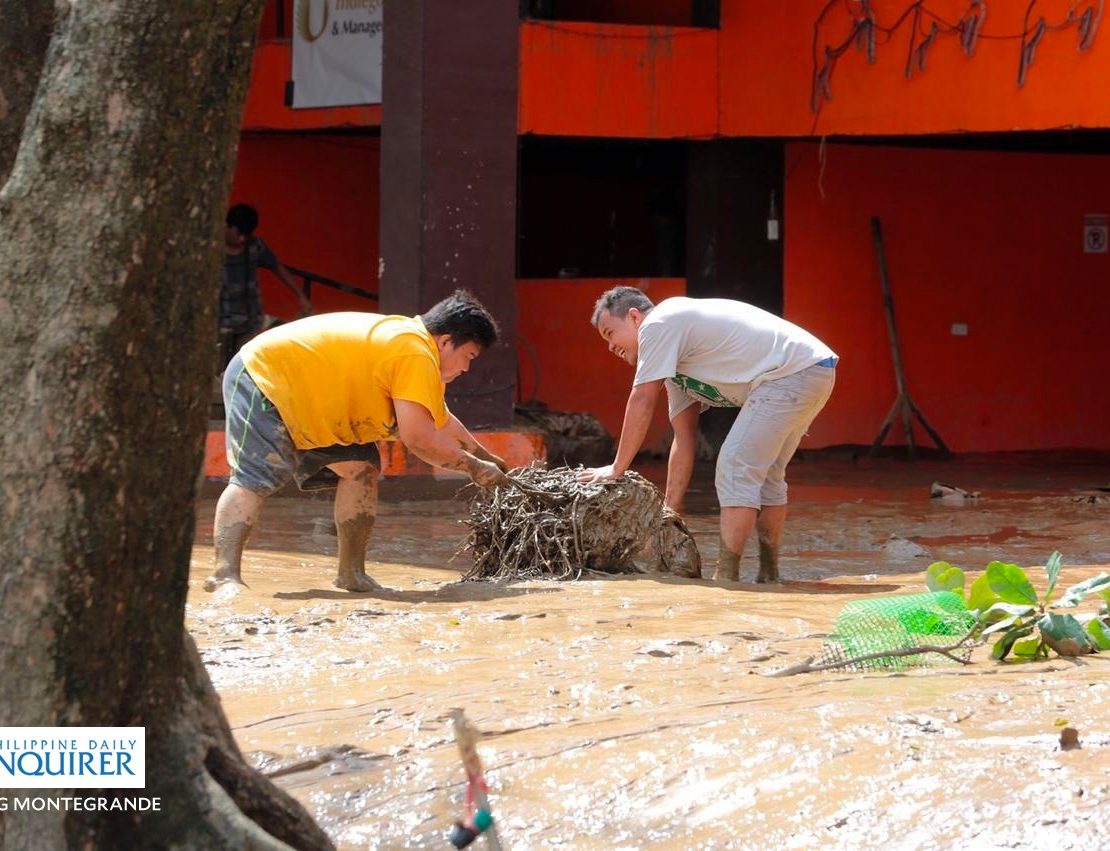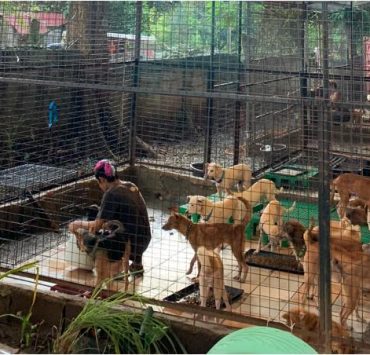One thing Filipinos can be proud of is our bayanihan culture. Every time disaster hits, we see donation drives and fundraising activities for the benefit of calamity victims. In times of crisis, we’ve shown that we can lean on each other and be compassionate towards less fortunate members of our community.
But we also have to look beyond the “people helping other people” aspect of citizen-driven disaster relief efforts, and ask why. Why are citizens bearing the responsibility of responding to the calls of disaster victims faster than those who are actually in charge of doing it? Ordinary people sharing the burden is fine, but carrying most of it—probably not so much.
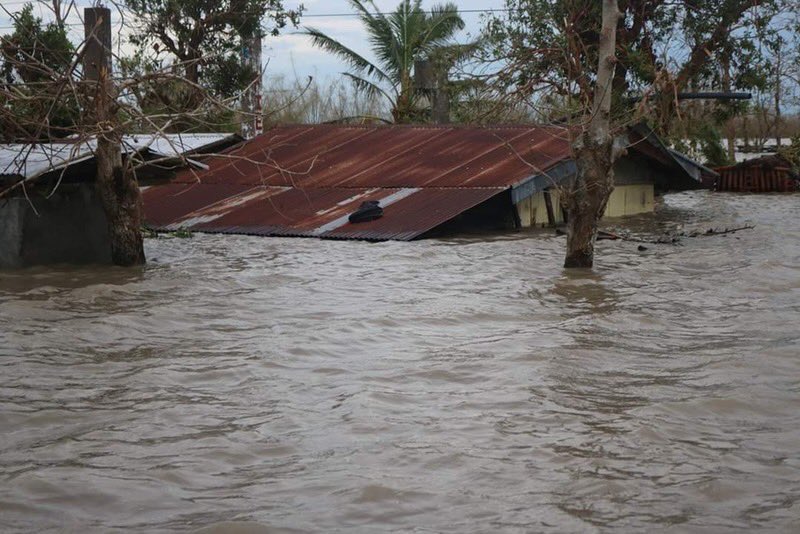
Shouldn’t the first instinct to ask people on social media for aid and relief be alarming? Shouldn’t people posting their addresses online and calling for rescue be something that we should ponder on? Especially when asking public officials for help results in them putting the blame on people instead.
We are a country frequently hit by typhoons that result in the loss of hundreds of human lives and cost us billions in damages. Sure, it isn’t anyone’s fault that we are often ravaged by calamities or that a global pandemic has severely affected the way we operate. However, there has to be accountability especially when the response to these non-negotiable disasters falls behind expectations. Seeing public officials take responsibility and acknowledging their shortcomings is the first step to solving the problem.
By now, we should have better flood mitigation plans and sufficient resources for rescue and relief operations. We should have formulated concrete preemptive measures and contingency plans based on previous experiences with calamities. If people weren’t keen on following government directives, shouldn’t we have spared the time to ask what’s holding them back? Surely, it’s not the first time that we’ve encountered people hesitant about evacuation, right? The problems that we face every time a typhoon hits have always been the same. So, what is being done to actually address them effectively?
[READ: Rather than rely on Pinoy resiliency, the government should focus on flood control]
A regular citizen’s capability is far too limited
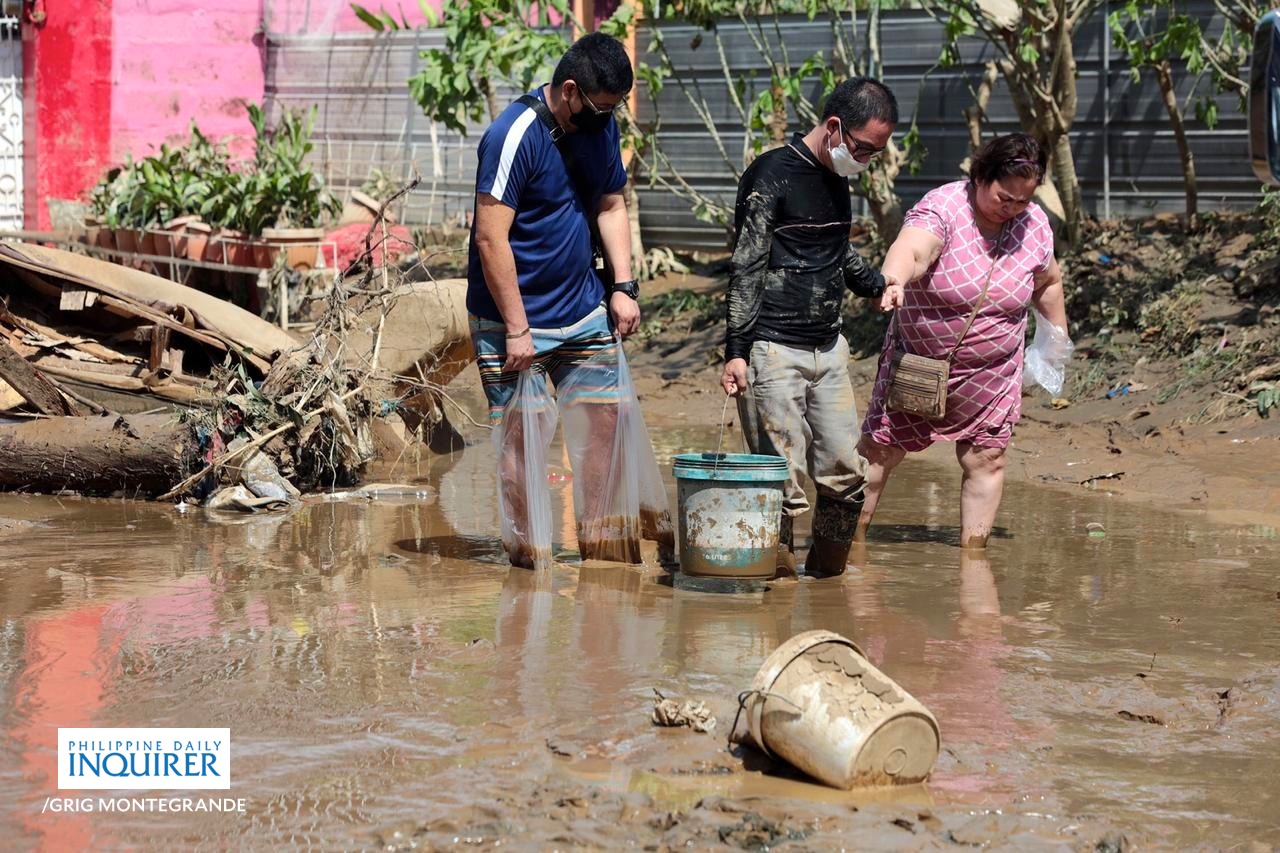
We can only do so much as citizens concerned for our fellow citizens. With typhoons hitting the country at least 20 times a year, ordinary people may soon experience donor fatigue and find it harder to participate in donation drives. Rescue volunteers may eventually be exhausted. We can’t just rely on the help of ordinary folk forever.
Ordinary individuals do not have the means and political power to implement better drainage systems and resolve blockages in dikes. We do not have the capability to procure better rescue equipment, nor the authority to develop and implement urban planning. We are not in a position to penalize illegal loggers and other people and corporations destroying the environment. Nor do we, as ordinary citizens, have the means to fund and push for disaster research.
But we do pay taxes—which are meant to be spent on government programs and relief efforts when disaster strikes. We’ve entrusted our taxes to public officials whom we thought are capable of managing them.
More storms coming soon
According to the Philippine Atmospheric, Geophysical and Astronomical Services Administration (PAGASA), there will at least be four more storms entering our country’s area of responsibility before the year ends. And knowing our country’s geographical location and the global climate condition, we can expect more numerous and destructive storms next year. Let us learn (again) from this recent disaster and actually put our realizations into action.
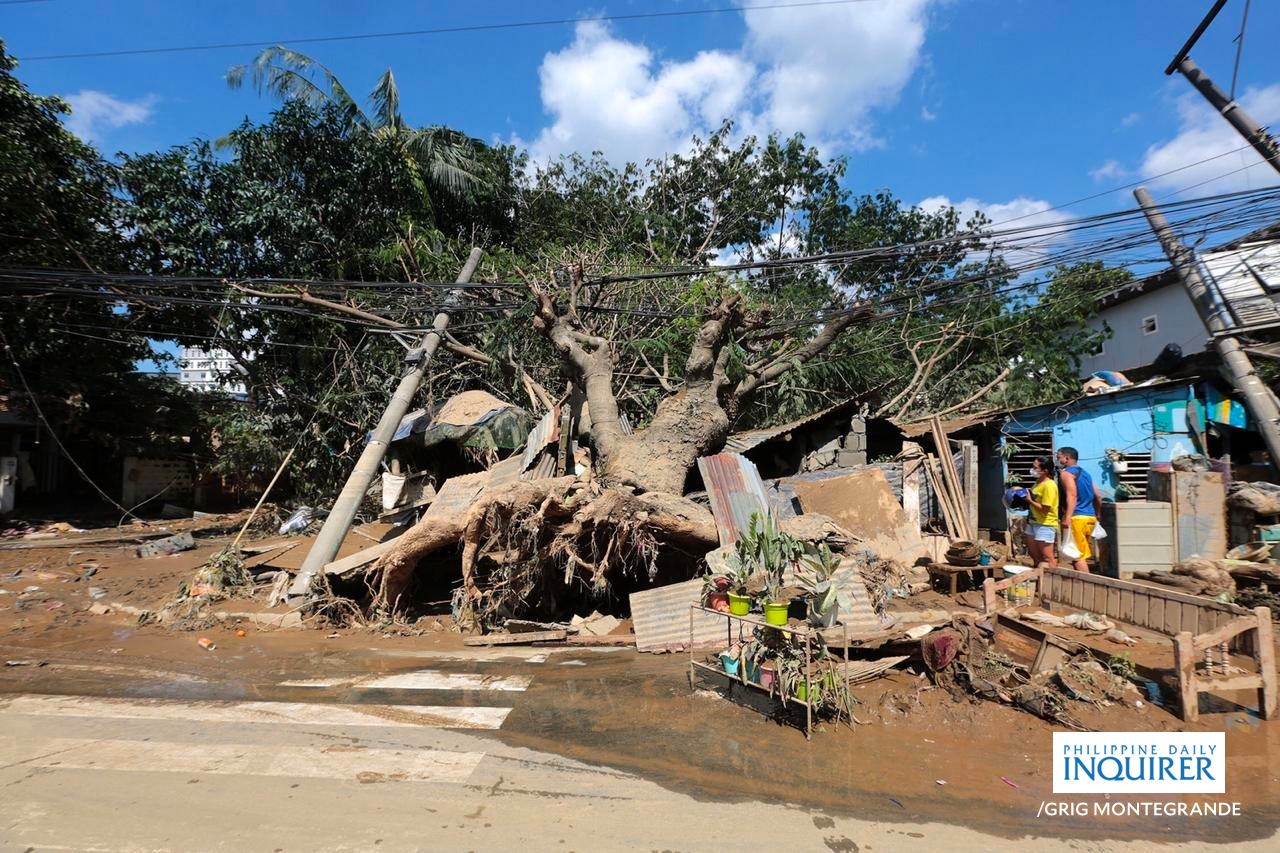
We should stop being reactive and be more proactive instead. Allocate enough funds for calamity response and disaster resiliency, instead of diminishing available resources for this. And don’t say there’s none left because of pandemic-related expenses, because the national budget always sets aside funds for calamity projects. Where are those few remaining billions, and how do we ensure that they would be properly utilized through better planning in the years to come?
And while we’re at it, make sure to put in a good word and show appreciation for all the rescuers, public utility workers and other men and women who were actually in the field and risking their lives to lift people out of the muck they’re stuck in.
Header photo from Grig C. Montegrande for Inquirer.net
Get more stories like this by subscribing to our weekly newsletter here.
Read more:
LIST: Donation drives for #UlyssesPH relief
These food drives are sending warm meals to #UlyssesPH survivors
No (furry) friends left behind: Donate to these organizations to help animals
Writer: YANN MAGCAMIT

